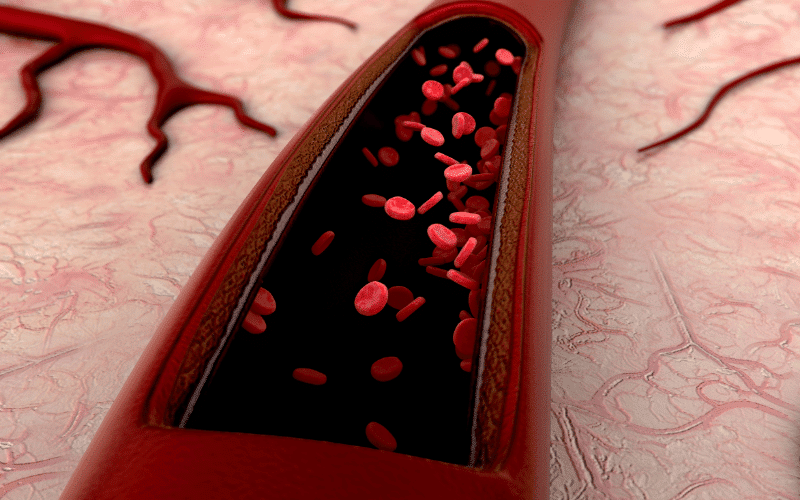Introduction: A Closer Look at Vascular Diseases
Vascular diseases encompass a wide range of conditions that affect the blood vessels in the human body. These disorders can impact arteries, veins, and even the smallest capillaries, leading to a variety of health complications. As public awareness about vascular diseases continues to grow, it’s essential to become familiar with the most common types and their symptoms, risk factors, and potential treatments.
In this article, we will explore 12 prevalent types of vascular diseases, aiming to provide a thorough understanding of each condition. By doing so, we hope to empower readers with the knowledge necessary to recognize and address these diseases effectively.
Vascular diseases are often complex and can manifest in different ways depending on the specific condition and the individual affected. Some vascular diseases can be chronic and progressive, while others may develop suddenly or acutely. The importance of early detection and appropriate management cannot be overstated, as some of these conditions can be life-threatening or severely impact the quality of life.
The following sections will delve into the specifics of each vascular disease, discussing their causes, symptoms, and potential treatment options. By gaining a better understanding of these conditions, you will be better equipped to identify potential risks and make informed decisions about your own health and well-being.

Disease 1: Abdominal Aortic Aneurysm
An abdominal aortic aneurysm (AAA) occurs when the wall of the aorta weakens, causing a bulging or ballooning of the blood vessel. The aorta is the largest artery in the body, and it carries oxygen-rich blood from the heart to the rest of the body.
Risk factors for AAA include age (over 60), smoking, high blood pressure, and a family history of aneurysms. Men are also more likely to develop AAAs than women. Some people with AAA may not experience any symptoms, while others may feel pain in the abdomen, back, or groin.
When an AAA ruptures, it can cause life-threatening internal bleeding. This is why early detection and monitoring are crucial. Treatment options for AAA depend on the size and growth rate of the aneurysm. Small aneurysms may be monitored with regular ultrasounds, while larger or rapidly growing aneurysms may require surgery to repair or replace the damaged section of the aorta. (1)